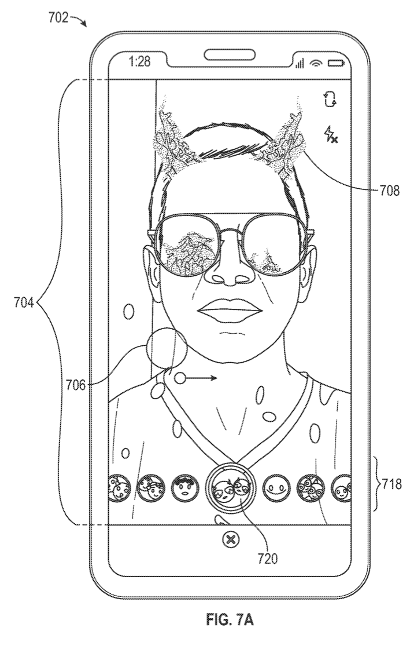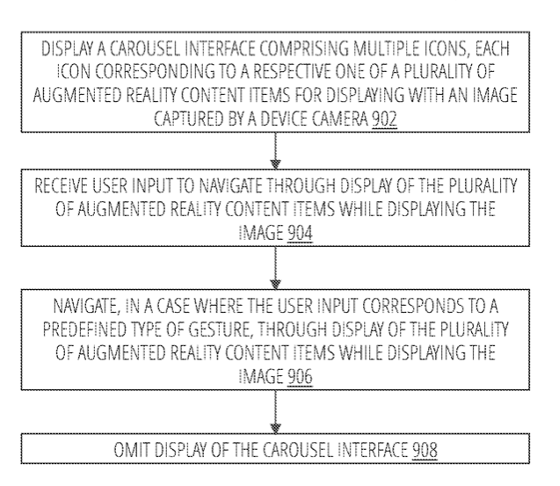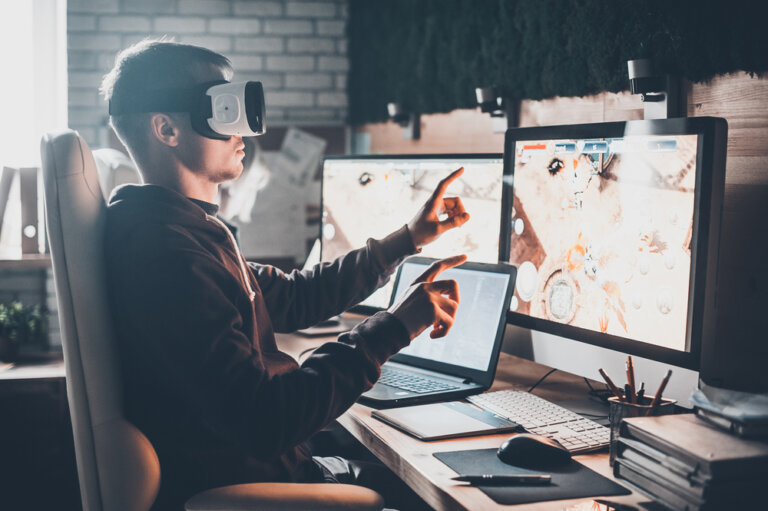Patenting in augmented reality (AR) and virtual reality (VR) is a rapidly growing area of innovation, as these technologies offer new and exciting ways to experience and interact with digital content. AR and VR have a wide range of applications, from gaming and entertainment, to education and training, to healthcare and industrial design, and more. However, due to the complexity and interdisciplinary nature of these technologies, patenting AR and VR innovations can be challenging, as it requires a deep understanding of both the technical and legal aspects of the field.
What is included in an AR/VR Patent
To be patentable, an AR or VR invention must meet the same criteria as any other type of invention, i.e. it must be new, non-obvious, and useful.
In addition, AR and VR inventions typically involve multiple components, such as:
- Software
- Hardware
- Sensors
- Displays
- User interfaces
The complexity of these inventions can make it quite difficult to define the specific aspects of an AR or VR innovation that make it unique and non-obvious. It may be unclear how to distinguish between the invention and the underlying technology, which can raise questions about the scope and breadth of the patent protection.
Challenges of AR/VR Patents
One of the key challenges of patenting AR and VR inventions is the fast-paced and ever-evolving nature of the technology. As AR and VR continue to advance and new applications emerge, it can be difficult for inventors to keep pace with the latest trends and innovations, and to assess the potential impact of these developments on their patents. For this reason, inventors must be proactive in monitoring the AR and VR markets, engaging with their peers and industry experts, and regularly reviewing and updating their patents to ensure they remain relevant and competitive.
Preparing a Successful Patent Application
To overcome these challenges, inventors in the Augmented (AR) and Virtual (VR) Reality space should be prepared to invest time and resources in developing a strong patent strategy.
Performing a Patent Search
First, you’ll want to conduct a comprehensive patent search with the USPTO. This will identify any prior art that already exists that could get your application rejected.
Classifying Your Invention
Every patent is filed under a ‘patent class’. You’ll need to perform the research to determine which jurisdiction(s) it is appropriate to file your invention under.
Preparing the Patent Application
Finally, the patent application itself needs to meet many requirements. The application must describe the invention in detail, its benefits, and any drawings or renderings.
Alternate Forms of Legal Protection
Inventors pursuing a patent in the AR/VR space might want to consider alternative forms of legal protection for their invention, such as trade secrets or copyrights, or consider licensing or partnering with other companies to commercialize their innovations.
Working with a Legal Expert
Thankfully, there are attorneys who specialize in patents (that’s us!) that can assist you with many of the steps in the patent process. A good patent attorney will help you with the patent search, the writing of the application, and all of the legalese that’s involved. In the end, working with a patent attorney can save you time, money, and resources by streamlining the patent process and reducing the costly mistakes of misunderstandings. By working with an expert, you can have peace of mind and confidence in the protection of your inventions.
If you’re ready to get started with patenting your invention, book a free Discovery Call with our team today.
Granted AR/VR Patent
Here’s an inside look of a patent that covers Augmented Reality (AR) intellectual property. Snap Inc. (aka Snapchat), has filed a non-provisional patent Navigating Through Augmented Reality Content.
Below are some of the drawings and diagrams from the patent that explain the functional set of steps protected by this method patent.




Figure 1 is a diagram representing a networked environment in which the present disclosure may be deployed, in accordance with some example embodiments.
Figure 7A illustrates user interface for navigating through the display of augmented reality content items based on user input corresponding to a first gesture type, in accordance with some example embodiments.
Figure 8A illustrates user interface for navigating through the display of augmented reality content items based on user input corresponding to a second gesture type, in accordance with some example embodiments.
Figure 9 is a flowchart illustrating a process for navigating through the display of augmented reality content items, in accordance with some example embodiments.

